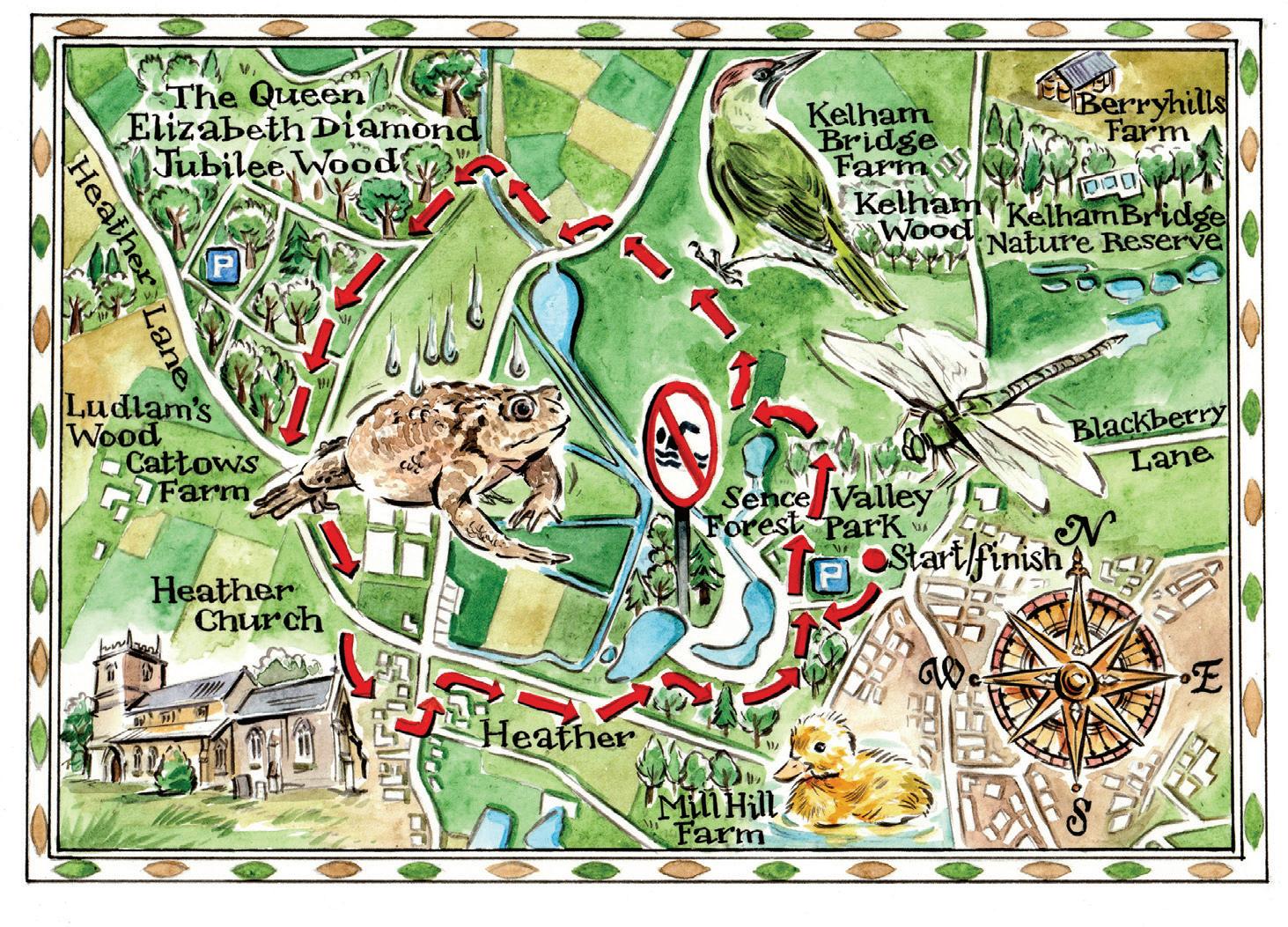
2 minute read
Exhibitions Huon Mallalieu

EXHIBITIONS HUON MALLALIEU FRANK AUERBACH, THE SITTERS Piano Nobile, 23rd September to 16th December
Advertisement
In 1976, R B Kitaj curated an Arts Council exhibition, The Human Clay, taking its title from Auden’s Letter to Lord Byron:
To me, Art’s subject is the human clay And landscape but a background to a torso; All Cezanne’s apples I would give away For one small Goya or a Daumier.
Horrid rhyme, but still.
In his introduction, Kitaj termed his chosen artists the School of London, and the name stuck. Michael Andrews, Frank Auerbach, Francis Bacon, Lucian Freud, Leon Kossoff and Euan Uglow were – like Kitaj – all more or less figurative artists, working at a time when abstraction was all. These artists have come to be recognised as among the most significant of their British generation.
At 91, Frank Auerbach must be the last of the group to be painting. Although their styles and practices are very different, Auerbach and Ivon Hitchens share a middle position between figurative and abstract painting. The more one looks at an ‘abstract’ Hitchens landscape or an Auerbach portrait, the more a figurative structure emerges.
Auerbach’s labour-intensive technique has often been described – the piling-on, scraping-off and repiling that may require months to reach a resolution. The way he transforms and reconstitutes a subject was best put by the art historian Michael Podro, a good friend since they taught at Camberwell in the early 1960s:
‘For the artist who does not simply try to mirror, mimic or map, the initial
Above left: Head of EOW, oil on board, 1972. Above right: Reclining Head of Julia, acrylic on board, 2020. Left: Head of Catherine Lampert II, charcoal and chalk, 1978-9. Below: Auberbach in his studio, 2015
subject has to be given up and every obvious hold on it sacrificed in order for it to be remade, with all the uncertainty of whether it will be retrieved, whether it will re-emerge or re-emerge in any adequate way in the materials and rhythms of the medium.’
This show at Piano Nobile claims to be the most comprehensive retrospective of Auerbach’s portraits ever organised, and it coincides with new books published by Rizzoli and the Paul Mellon Centre. The gallery’s own lavishly illustrated publication will be an essential reference for all interested in the artist. It includes the first comprehensive list of his sitters, along with essays by William Feaver, Martin Gayford and Natasha Podro.
The 40 paintings and drawings from 1956 to 2020, many from private collections, are accompanied by six previously unpublished photographs of Auerbach in his studio, taken by Nicola Bensley in 2015.














